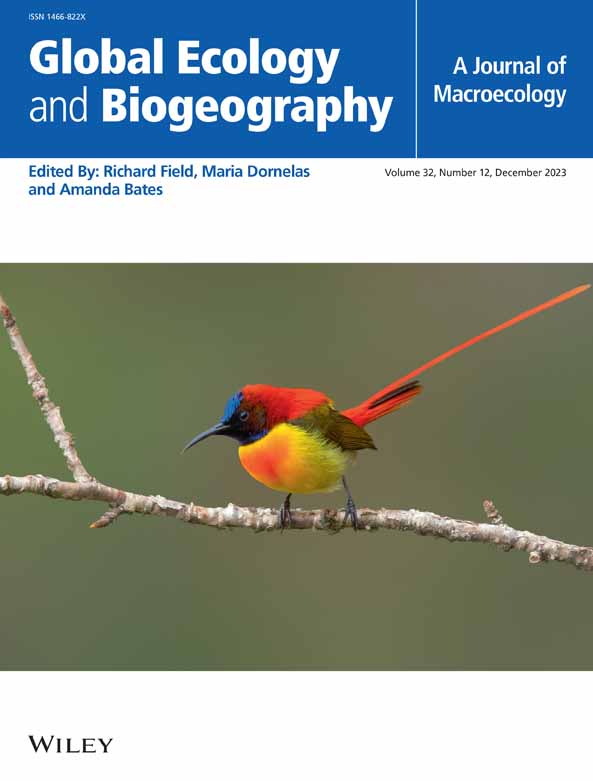Modelling Species Distribution at the Boundaries of the Earth's Climate
Abstract
Aim
Correlative species distribution models (SDMs) are widely used to project species' responses to global changes. The climatic niche of a species is calibrated under current climate conditions and then projected in space and/or time, making model extrapolation an important concern. This issue is particularly relevant when considering species that live simultaneously at the boundaries of the current Earth's climate and at the edges of their physiological tolerance, such as desert-adapted species. Modelling approaches alternatives to SDMs (e.g., hybrid SDMs) have been proposed as a better solution to tackle model extrapolation. These models should explicitly consider the species' physiological thermal tolerance, producing outputs closer to the species' ecology.
Location
Arabian Peninsula.
Time Period
Present, future projections up to 2100.
Major Taxa Studied
Desert mammals.
Methods
We compared correlative SDMs with different extrapolation options (no-extrapolation, clamping, fade by clamping, full extrapolation) and hybrid SDMs incorporating species-specific thermal tolerances of mammals of the Arabian Peninsula. We projected all models under current and future climate scenarios and measured the differences between the outcomes.
Results
We found that different extrapolation options and hybrid SDMs produced important differences at least in future projections, especially for species physiologically adapted to the extreme climate conditions of the desert. Correlative SDMs not allowing for extrapolation beyond the current climate conditions led to more conservative projections, while SDMs allowing for extrapolation were more flexible. Hybrid SDMs produced intermediate results, with up to 93% of the species losing parts of their suitable ranges under future climate scenarios.
Main Conclusions
Our findings highlight that correlative SDMs cannot track the true thermal tolerances of desert species. Hybrid SDMs hold the premise for a better understanding of the impact of global changes on such species, turning on a spotlight on a neglected but highly endangered component of biodiversity.


 求助内容:
求助内容: 应助结果提醒方式:
应助结果提醒方式:


